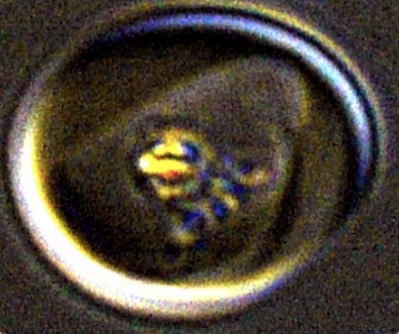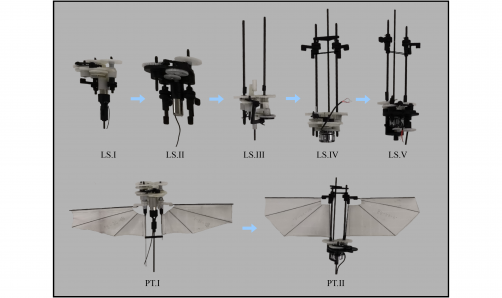URGENT UPDATE: New research has confirmed that tiny iron crystals within the deadly malaria parasite, Plasmodium falciparum, spin chaotically due to a reaction akin to rocket propulsion. This groundbreaking discovery, published in PNAS, could revolutionize malaria treatment and inspire innovative nanotechnology.
The spinning motion of these microscopic crystals has baffled scientists for decades. However, a team led by Paul Sigala, an associate professor of biochemistry at the University of Utah, has finally uncovered the mechanism behind this perplexing phenomenon. The crystals move by breaking down hydrogen peroxide—a process previously thought to be exclusive to aerospace engineering.
“This hydrogen peroxide decomposition has been used to power large-scale rockets,” stated Erica Hastings, a postdoctoral fellow in biochemistry at the university. “But it has never been observed in biological systems until now.” The research reveals that this reaction provides the energy needed for the crystals to spin wildly within the parasite’s cells.
The implications are profound. The rapid motion of these crystals may help malaria parasites survive by eliminating toxic peroxide and managing excess iron. By keeping the crystals in constant motion, the parasites can efficiently sequester heme, a crucial compound for their survival. “The frenetic motion of the crystals is likely vital for the parasite’s lifecycle,” Sigala explained.
The study highlights a critical aspect: hydrogen peroxide levels are elevated within the parasite’s compartments. When researchers reduced oxygen levels, the crystals slowed down significantly, providing evidence that the spinning is directly linked to the parasite’s production of peroxide. This discovery opens new avenues for targeting malaria treatments.
Scientists are hopeful that these findings could lead to the development of new antimalarial drugs. “Blocking the chemistry at the crystal surface could be sufficient to kill parasites without harming human cells,” Hastings noted. Targeting this unique mechanism presents a lower risk of side effects compared to conventional treatments.
Moreover, the research could inspire advancements in nanotechnology. The self-propelling nature of these iron crystals may inform the design of new microscopic robots for industrial and medical applications. “We foresee potential insights that will emerge from these results,” Sigala added.
The findings are timely and relevant as malaria continues to affect millions globally, causing over 200 million infections each year and resulting in nearly 600,000 deaths, particularly among children in sub-Saharan Africa. As scientists race to develop more effective treatments, this breakthrough could be a game-changer in the fight against malaria.
As this story develops, further research may confirm additional applications for the self-propelling crystals beyond malaria, potentially transforming the landscape of both medicine and technology.
For ongoing updates, keep an eye on developments in this critical area of research. The quest for effective malaria treatments is more urgent than ever.







